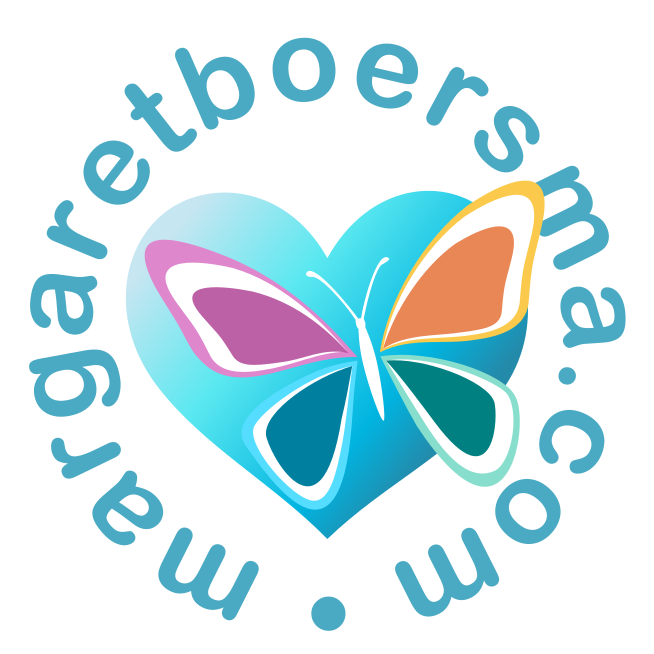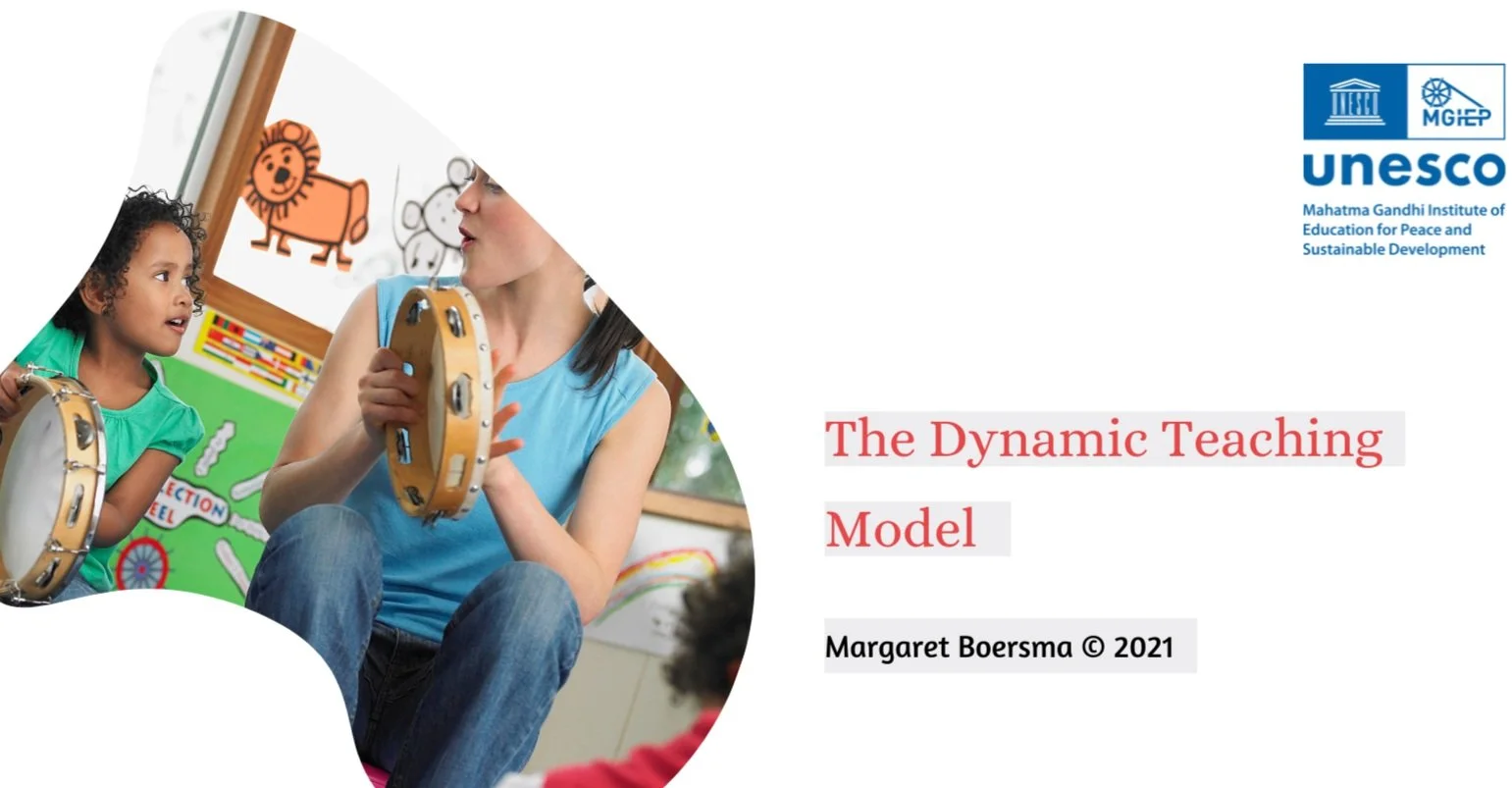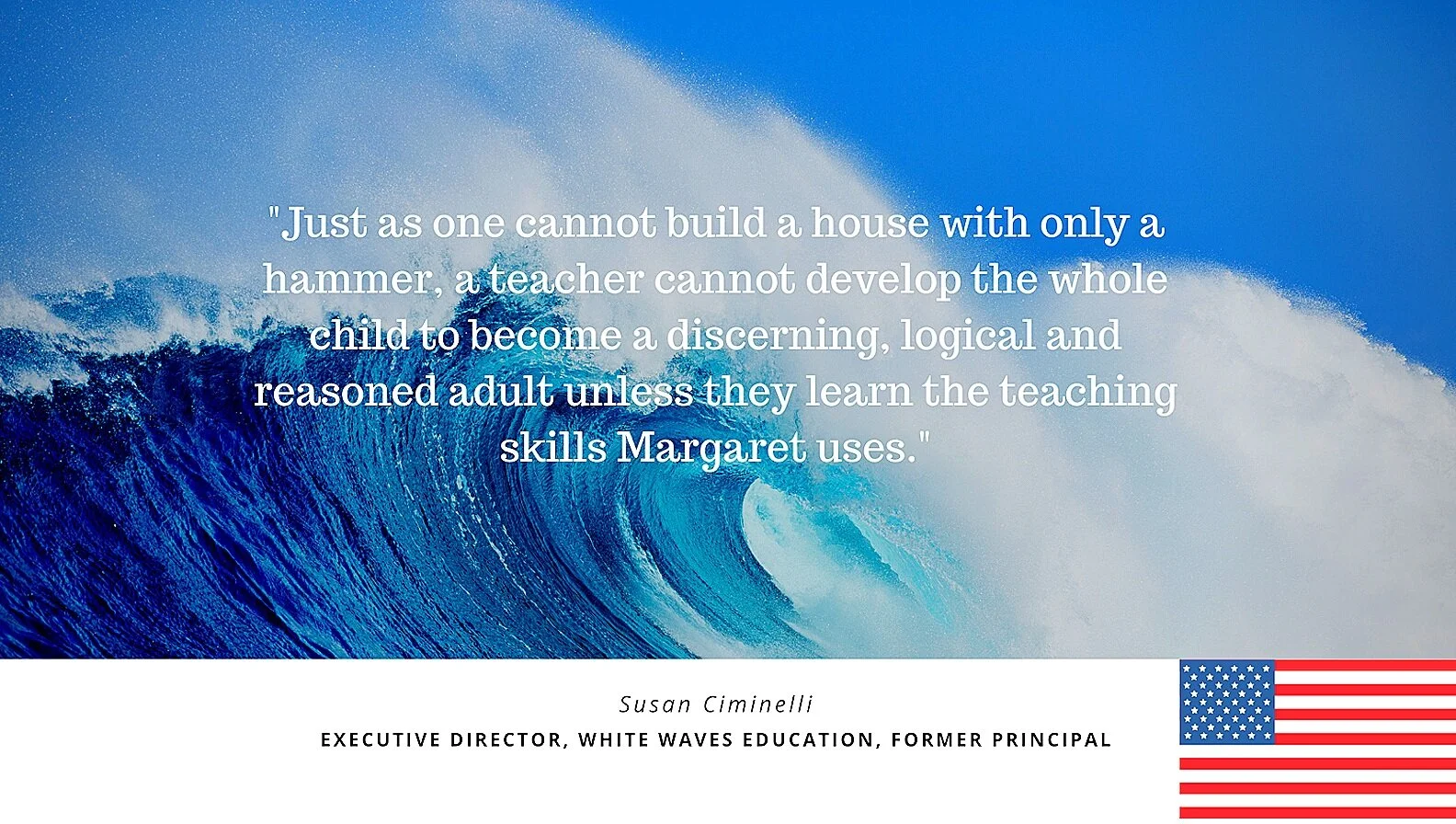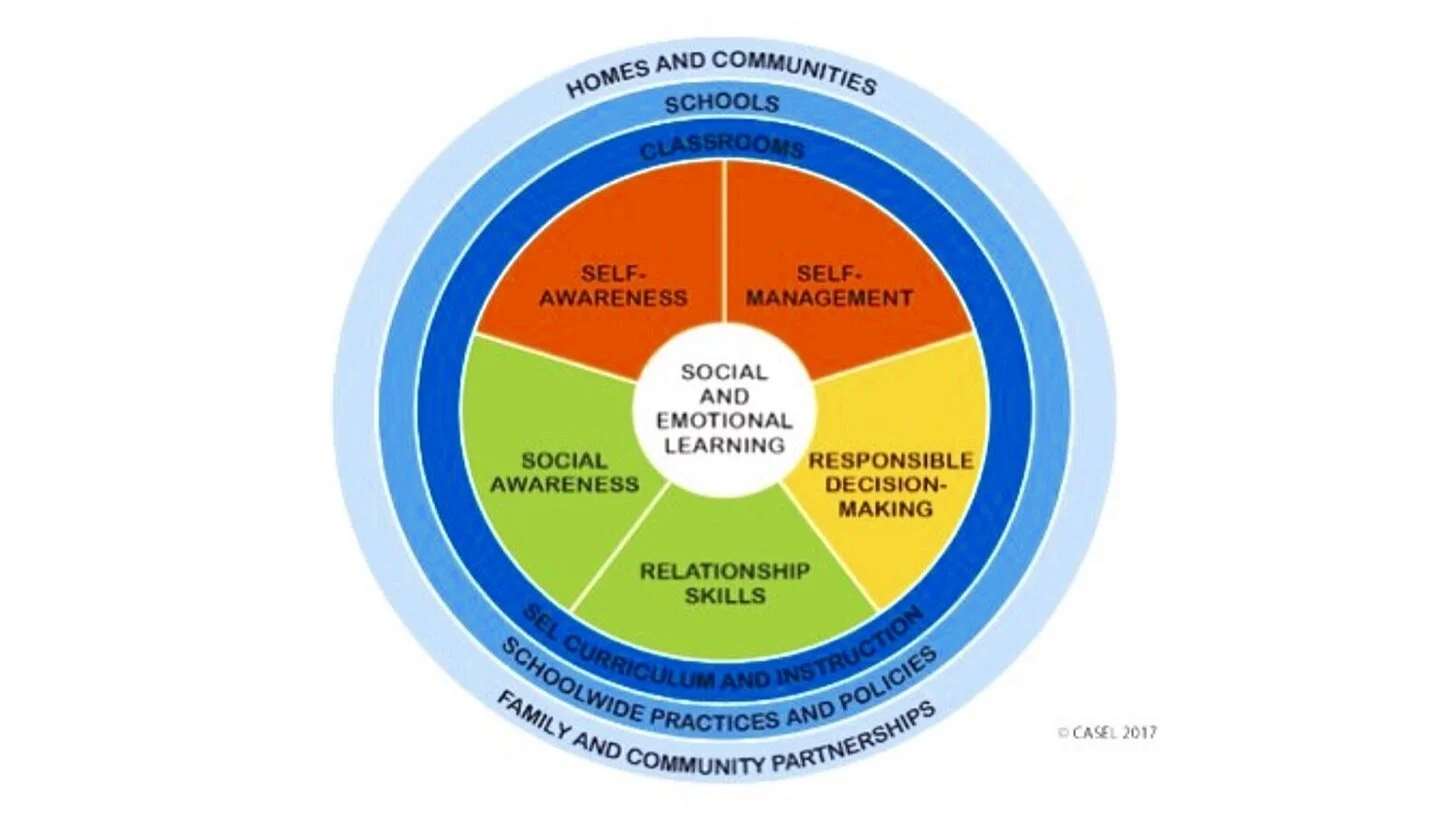Social and Emotional Learning through Story. This story and the strategies is adaptable for grade 1 to adult. PRE-LEARNING: Students walk about in the space when the leader calls a number. The students form groups and create a statue/tableau with that group. They must remember where they are in the space and what shape they made so when that number is called again, they quickly recreate that tableau.
Read MoreWhile examining the plight of modern refugees by living inside a story, students reflect on their own journeys and those of “change” in their families. This inquiry-based learning unit is a model for deepening understanding and social/emotional learning with themes of equity, inclusion and well-being. Students experience learning in "first person" as they build empathy, compassion and a growth mindset. Personal well-being is nurtured through immersion in the arts. Storytelling, drama, dance and visual arts are central to this cross-curricular unit. As well, Language Arts, Current Affairs and Social Studies expectations are integrated in the work.
Read MoreLearning through games and pretending is a simple way to describe drama. Games teach the basics of focus, cooperation, collaboration, decision-making, and other 21st century skills as well as character education. This lesson is a beginning drama lesson to set up students powerfully going forward.
Read MoreIn this unit: game, choral reading, dance; Grades 2-adult. Resource: Poem: “I Have No Legs” (below). Music Suggestion: Kaleidoscope 2 #13 Lake Louise-Magical by Soundtrack Performance Group. Materials: 7-8 different objects in total i.e. 6 beanbags, 6 badminton birdies, 6 ties, 6 bowls, 6 cups, 6 bread tags, 6 elastics, 6 plastic forks, 6 plastic spoons, 6 pencils, 6 paper plates…
Read More














Analogical Problem-Solving ™ is what I call teaching by living inside a story such as the Us and Them unit. Students have agency/voice to make decisions inside their class story, an analogy of life. As teachers, we carefully follow their suggestions and integrate lessons as we plan strategies that allow them to discover their learning. Students learn real-life lessons without real-life consequences. They realize at a profound level that we have so much in common. We are all connected. Ultimately the students decide war is not worth the enormous human cost. And they internalize that we are all part of the human race.